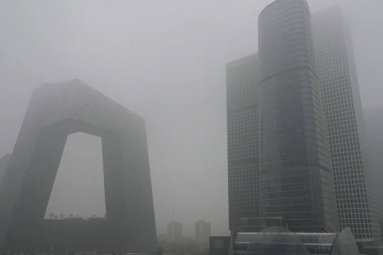
(Image source from: Canva.com)
Winter is a difficult time for people with respiratory allergies. Whether you're sneezing indoors or short of breath outdoors, you just can't escape your misery. But are your symptoms caused by winter allergies or air pollution? Is identifying the cause the first step to effective relief? The analysis is presented below.
Indoor Culprits: Winter Allergies: Colder weather means we spend more time indoors, where allergens thrive. Dust mites love warm rooms and pet hair is unavoidable when cuddling with your furry friend. Mold spores are also a common trigger, especially in the bathroom. Additionally, limited winter ventilation traps these irritants indoors and increases their effectiveness.
Outdoor Mixer: Pollution: Winter weather increases pollution. Car exhaust and heating systems that burn wood or coal release particles into the air. A phenomenon called temperature inversion traps pollutants near the ground and creates smog in urban areas. The result? Irritation is more severe when you go outside or near busy roads.
Analysis: How to tell the difference:
Environmental: If symptoms worsen indoors, allergies are the cause; if symptoms worsen outdoors, pollution is the cause.
Duration: Allergy symptoms persist, but pollution-related symptoms decrease as you move to better air.
Relief: For allergies, over-the-counter antihistamines can relieve symptoms, but over-the-counter treatments will not cure the infection.
Take action: Clean your home regularly and invest in an air purifier to reduce allergens. Check air quality reports and reduce outdoor activities if air quality is poor. If your symptoms worsen or don't go away, call your doctor. Maybe I can survive the winter with this.



















